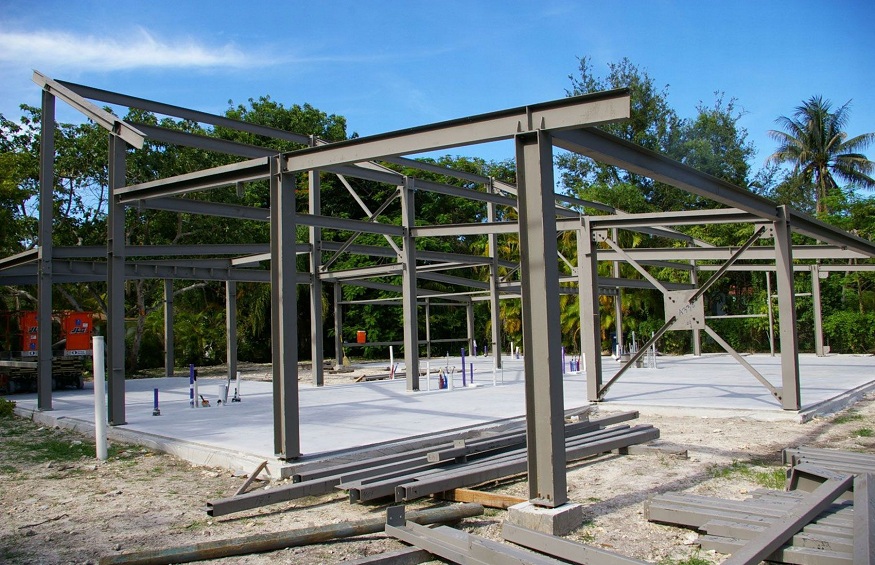Introduction:
Steel framing is becoming a more popular option for residential construction due to its low installation costs and ease of erection. Although steel framing is not entirely without risks, the benefits with providing a lightweight, fast-to-erect building solution make it worth the risk if done correctly.
What is Residential Steel Framing?
Residential Steel Framing is a method of building where the steel components are the primary load-bearing supports for the structure. With traditional wood-framing, the structural components (studs, joists, beams) provide both vertical and horizontal structural stability. In Residential Steel Framing this is not always the case.
In some residential construction projects, steel members can be used in conjunction with wood to provide anchorage and support. The majority of steel framing projects however consist primarily or completely of steel above the foundation level. This results in a far lighter structure which can be erected more quickly than using traditional materials alone.
Traditional Framing:
Traditional residential framing consists of wood studs (vertical members) and beams. The studs are placed in the wall’s cavities and a continuous timber frame is formed around them. This type of construction is relatively cheap, simple, and quick to finish but it does have its drawbacks. W1 – W2
Traditional construction has more pitfalls than it’s worth. First off, the majority of residential framing policies limit the amount of vertical load that a building can bear to 7 psf (pound-force-feet) per floor on common grade walls.
Significance of Residential Steel Framing:
There are many notable benefits to the use of steel framing in residential construction. The walls are very lightweight and easier to erect than traditional wood-framing. Steel framing is a commonly used technique for concrete-block walls as well. These materials provide a significant savings over traditional lumber framing and concrete construction.
Steel can save even more if assembled by the home owner, eliminating some of the more labor intensive tasks associated with building architecture.
Installation:
As with any type of new construction, there are certain precautions that must be taken before installing steel framing into your home.
1 – Inspect:
Before you begin building anything, a professional inspection is necessary to ensure that your property is protected. The inspector can provide documentation and recommendations regarding the safe installation of steel framing. Any extra cautions should be taken before beginning construction.
2 – Get Estimates:
When choosing a contractor to install steel framing, it is important to consider the cost of materials and labor as well as how long it will take to complete the project. Find an experienced contractor who has experience in installing steel and who specializes in residential construction installations.
3 – Verify:
Verify that your inspector has issued all necessary permits for structural lumber by contacting your local building office.
4 – Install:
Steel framing can be installed in many ways. For a quick and easy installation, use a pre-manufactured kit. If you are doing the installation yourself, first research how to install steel framing safely and correctly.
Benefits of Residential Steel Framing:
There are many benefits to incorporating steel framing into your home. Steel is a very durable and reliable building material. Steel components will last a long time regardless of weather, temperature, or climate changes. In addition, it is a non-combustible material which helps to reduce pollution and the risk of fire damage especially in the case of wall construction.
Any damage to a steel component can be easily repaired without having to tear down the entire structure and rebuild it properly. Although steel has its drawbacks, for nearly any type of construction project there are options available for taking care and minimizing these downsides as much as possible.
Another important benefit is the ability to simply replace a steel component and increase the strength of your building. Steel framing is something that you do not have to worry about and makes it simple to retrofit a building in the case of unforeseen disaster.
It’s always good to have options when building anything so if you’re hesitant about incorporating steel framing into your home, there are other options available for you as well.
Conclusion:
With steel framing becoming more popular in residential construction, choosing the correct contractor is very important in order to ensure that you have a low-risk experience. As always, research your contractor before committing to anything and make sure that steel framing is the right option for you.

